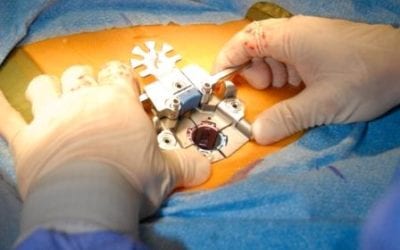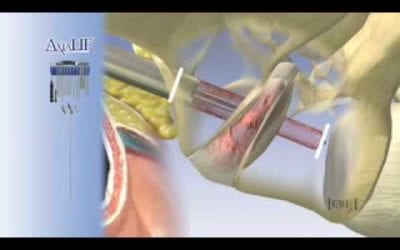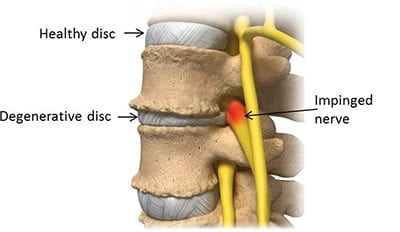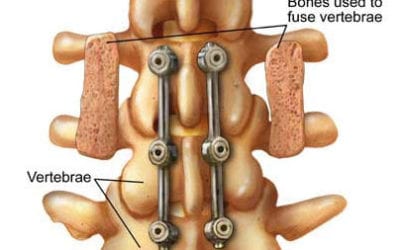MINIMAL INVASIVE SPINE SURGERY

Smaller incision and scar
Decreased blood loss
Less length of stay in the hospital
Less pain medication needed while in the hospital
Minimally invasive surgery is safer than open surgery and allows you to recover faster and heal with less pain and scarring.
Open Surgery vs Minimal Invasive Surgery
Traditional, open surgery required a 6-inch incision into soft tissue to access the spine during surgery. Because of the large incision, this surgery took many months for a full recovery. Soft tissues and muscle need time to heal during this period. Minimally invasive...
What is AxiaLIF®?
AxiaLIF® means Axial Lumbar Interbody Fusion. It is an alternative to traditional open and minimally invasive low back surgery performed to treat degenerative disc disease (DDD), spinal stenosis, or low grade spondylolisthesis at L5-S1. In some patients, these...
What is Degenerative Discs?
Disc problems can start from over-use, an accident, or just the wear and tear of daily life. Degenerative changes in the discs may result in damage that can cause pain. When a disc degenerates it can have tears or cracks that lose water, which cause it to become...
What is Spinal Decompression Surgery?
Spinal decompression is a type of surgery to relieve symptoms caused by pressure on the spinal cord and/or the nerves branching off from it. Pressure (compression) on the nerves or spinal cord can be the result of several factors including: Bulging or herniated...
Minimally invasive surgery is usually done on an outpatient basis or requires only a short hospital stay.






